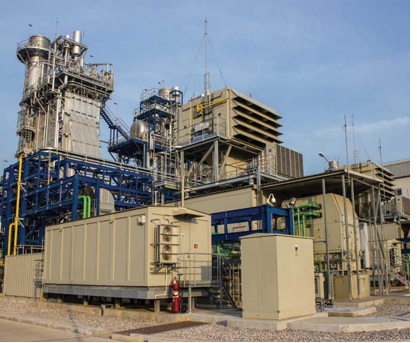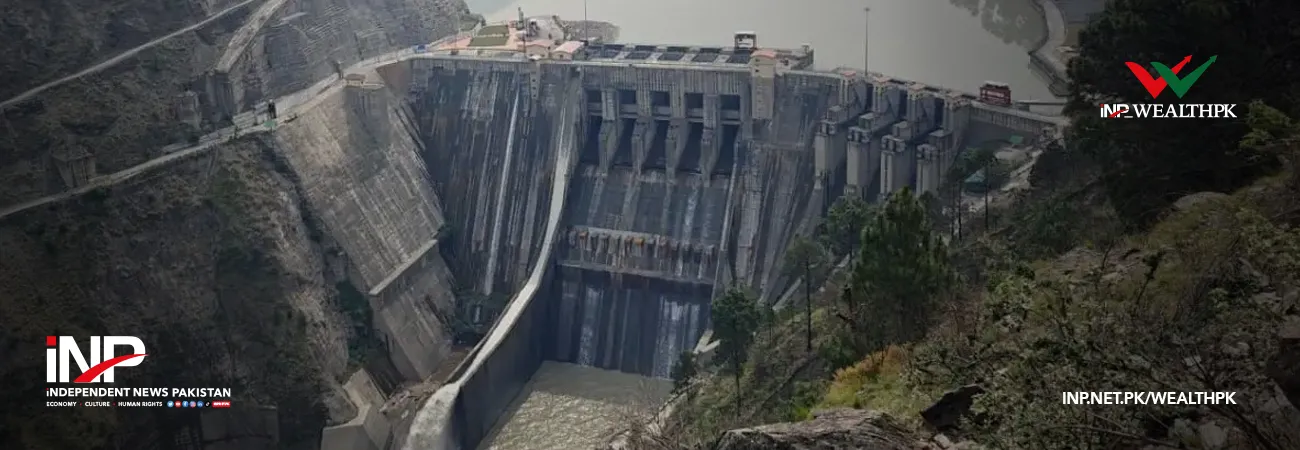INP-WealthPk
Amir Saeed

Pakistan can unburden its overloaded national grid by integrating the captive power plants into the national grid. This integration would allow the industrial units to function at their maximum capacity and make a more significant economic contribution by ensuring a more stable and dependable power supply. Zulfiqar Ali, CEO of Safeway Renewable Energy, said this while talking to WealthPK. "Alleviating the overloaded national grid would be one of the primary advantages of integrating the captive power plants. The industrial sector frequently experiences extreme power outages and load shedding, which hinders their expansion and production," he said. He highlighted that the load on the energy infrastructure could be reduced by enabling the captive power plants to inject their excess power into the system. The addition of captive power plants to the system would encourage industrial investment. If the industries with their power generation capabilities find a steady market for the excess electricity they produce, they will probably spend more on modernization and expansion, he said.
Zulfikar pointed out that the integration would result in increased industrial output, the creation of jobs, and an influx of foreign direct investment. A reliable power supply would increase the country's attractiveness as a location for new enterprises, resulting in a more vibrant and competitive industrial sector. "Another significant benefit of this integration is its economic efficiency. The captive power plants often use alternative fuels or technologies, which are more affordable than those provided by the central grid." The Safeway Renewable Energy CEO suggested that the captive power plants needed infrastructure and regulatory changes to successfully integrate into the grid. The government must devise clear guidelines and policies to facilitate this transition, he added. Talking to WealthPK, Zeeshan Ashfaq, CEO of Renewable First, highlighted that the government could potentially lower the overall cost of power and diversify its energy mix by integrating the captive plants into the system. Reducing energy costs would help the industry directly. In addition, it can spur economic growth by giving them more money to invest in other ventures.
He further highlighted that it was important to consider the impact of this integration on the environment. The captive power plants use cleaner and more efficient technologies compared to the outdated and less efficient grid power plants. "Pakistan can decrease its dependence on outdated and environmentally damaging energy sources by integrating these plants into the national grid. It might result in a lower national carbon footprint overall, support global efforts to mitigate climate change, bring the nation in line with international environmental standards, and enhance its sustainability credentials. "Creating incentives for the industries to connect their plants to the grid, setting up mechanisms for fair payment for surplus power, and ensuring that the grid infrastructure can handle the increased input would facilitate the integration. "To overcome these obstacles and establish a smooth integration process, the policymakers, corporate executives, and grid operators have to collaborate," he suggested.
Credit: INP-WealthPk













